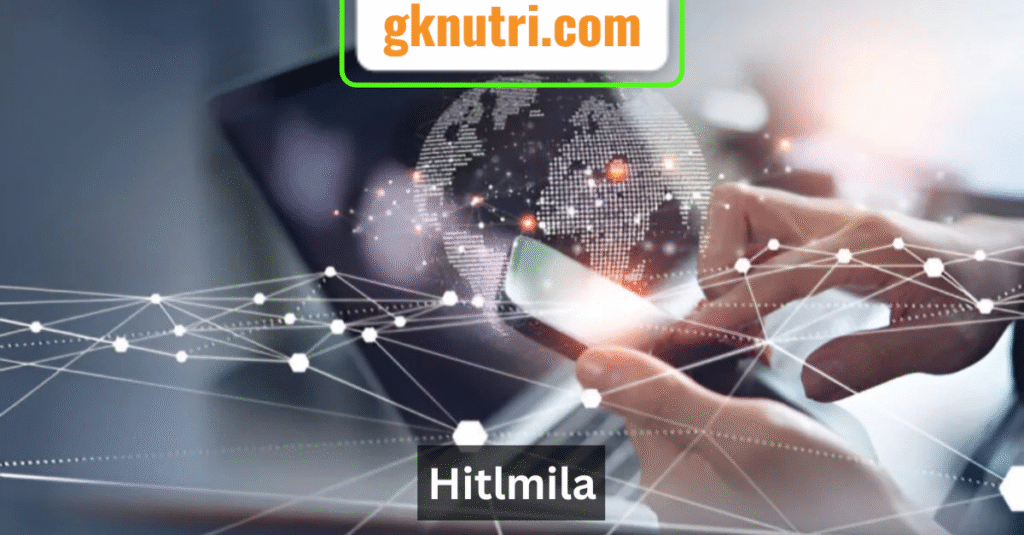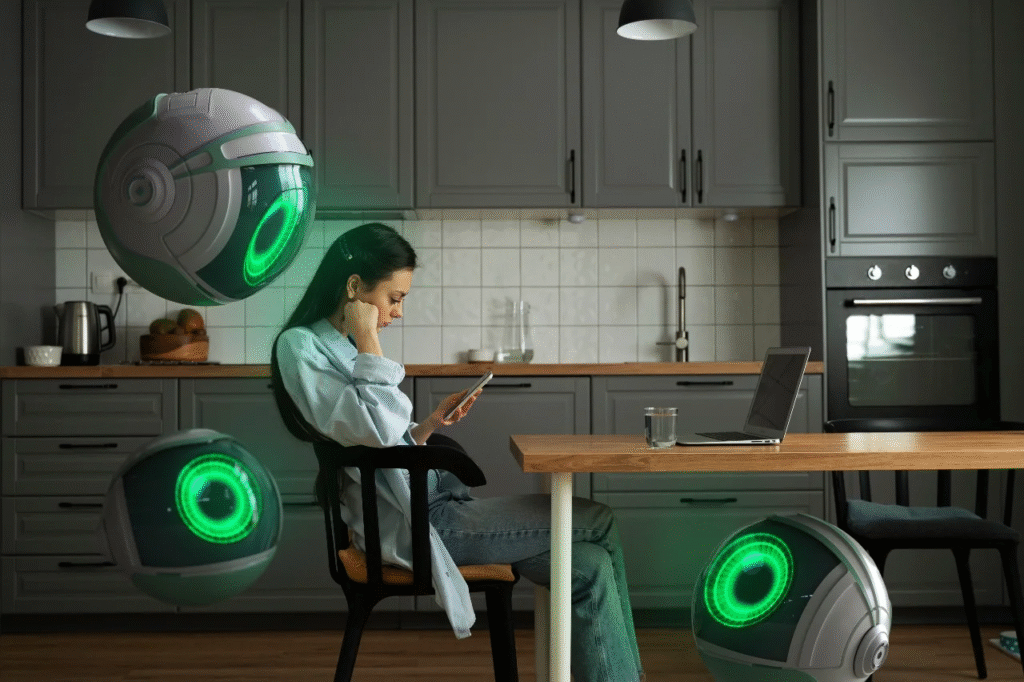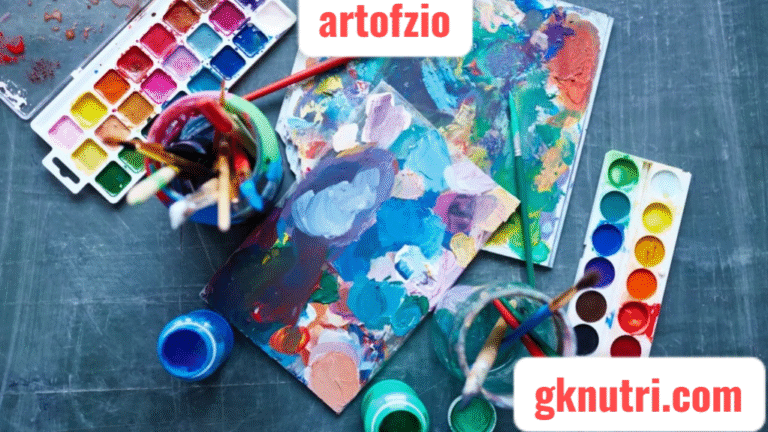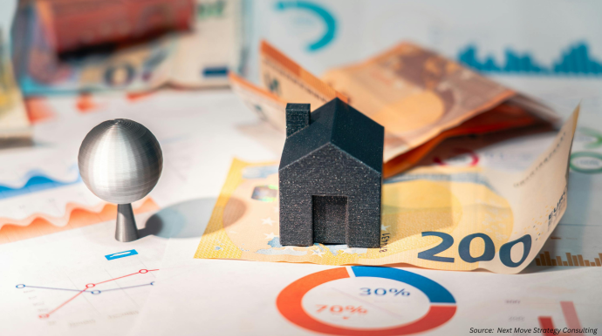
What Is Hitlmila?
Hitlmila is a new-age cultural-tech phenomenon that has emerged in 2025. It blends digital transformation with art, identity, and social meaning. Unlike trends that fade quickly, Hitlmila is deep, abstract, and yet practical.It started as a mystery but evolved into a living movement. People around the world now see it as a signal of creative collaboration, technology integration, and future-forward thinking. It changes how we view identity, design, and digital interactions.
The Origin of Hitlmila
No one agrees on where Hitlmila began. Some say it started in an online art community. Others claim it emerged from experimental tech labs. What is clear is that Hitlmila spread fast across digital platforms.
Early mentions linked it to AI-generated content, cryptic visuals, and creative code. These first signals inspired artists, coders, and thinkers to reimagine what digital culture could be. It became a symbol of creative evolution in the post-pandemic world.
Why Hitlmila Matters in 2025

In 2025, people crave meaning in a chaotic world. Hitlmila responds to this need. It mixes mystery with clarity. It represents freedom from traditional labels and categories.
It’s also tied closely to smart home automation, Internet of Things (IoT), and digital culture. It reflects how technology is becoming part of daily life in a human, emotional way.
Core Concepts Behind Hitlmila
- Human-centric design: Hitlmila supports designs that focus on real people, not systems.
- Agile methodologies: The concept evolves through rapid, flexible, and iterative ideas.
- Technological integration: It links art, science, data, and emotion.
- Digital consciousness: It’s about being aware of your digital identity and presence.
- Inclusive collaboration: It encourages diverse teams to work across disciplines.
Visual Design and Digital Flow
Hitlmila affects how design works. It encourages fluid interfaces, responsive art, and AI-generated content that feels personal. Websites, apps, and art pieces now adopt these fluid and symbolic traits.
The visuals often look abstract but feel meaningful. They mix data analytics with human storytelling. It invites exploration, not instruction.
Music and Creative Soundscapes
Musicians are also shaping Hitlmila. They use smart devices and ambient software to build sound that adjusts based on your mood or actions. This goes beyond playlists.
Some tracks evolve based on user-centric solutions, adapting over time using machine learning. This is where artificial intelligence (AI) meets feeling. It’s a musical mirror of the listener.
Smart Homes and Hitlmila’s Physical Impact
Home design is also changing. Smart home technology now includes artistic elements. Walls display dynamic visuals. Lights respond to emotions. Rooms adapt temperature based on mood.
This is the physical expression of Hitlmila—spaces that feel alive. With smart security systems and energy efficiency, homes become both safe and expressive.
How Hitlmila Drives Innovation
Hitlmila encourages companies to rethink how they innovate. It promotes:
- Collaborative innovation between artists and engineers
- Lean methodologies that test and evolve ideas quickly
- Agile practices in design and decision-making
- Iterative improvement for real-time feedback
Firms that adopt Hitlmila mindsets see better user experience (UX) design and deeper emotional engagement.
Table: Hitlmila vs Traditional Design
| Element | Traditional | Hitlmila |
|---|---|---|
| Process | Linear | Agile |
| Output | Fixed | Adaptive |
| Role of User | Passive | Active |
| Tech Use | Function-focused | Emotionally integrated |
| Design | Practical | Symbolic and smart |
Creative Industries Embracing Hitlmila
Design studios now build products around Hitlmila’s core values. One example is Aetherwear Labs, which makes clothing that changes based on your emotional state. They blend innovation strategies with bio-feedback.
Another is Zelvin Studios, known for dynamic music tools powered by artificial intelligence (AI). They don’t just make tools—they make experiences.
Cross-Functional Teams Are Key
The power of Hitlmila lies in teamwork. Projects now bring together artists, coders, psychologists, and data scientists. These cross-functional teams break silos.
This teamwork reflects the need for inclusive collaboration. Every member brings unique insight. The process values emotion as much as logic.
Challenges and Criticisms
Some critics say Hitlmila is vague. They believe it lacks substance. Others think it’s just a branding tool.
Still, its depth can’t be denied. It holds value where market awareness meets emotional design. Like any movement, it has both believers and skeptics.
Real-World Uses and User Impact
Real users report deep connections with Hitlmila-based tools. Smart mirrors that show digital reflections of your mood. Meditation apps that adjust based on data analytics. Music that grows with your emotional timeline.
People find that Hitlmila brings calm, focus, and a sense of self. It blends future tech with personal truth.
User Feedback and Reviews
- “My smart room changes colors based on how I feel. That’s more than tech—it’s emotion.”
- “I use Hitlmila art packs in my design work. They help me express without explaining.”
- “It’s like living in an app that knows me.”
What the Future Holds

Hitlmila could grow beyond trend. Some experts say it’s the beginning of digital consciousness. Others believe it will shift how society builds homes, music, and even friendships.
It might inspire future schools, apps, and cities. With support from AI-generated content, Internet of Things (IoT), and smart devices, the only limit is how people choose to engage.
Conclusion: Hitlmila as a Living Idea
Hitlmila is more than a trend. It’s a lens. It helps people see their world differently. It lets us mix logic with feeling, data with dreams.
This cultural-tech phenomenon connects people to both technology and themselves. As we design smarter homes, music, art, and apps, Hitlmila reminds us to keep things human. In a world rushing forward, it teaches us to slow down, explore, and feel.
FAQs
What is the core meaning of Hitlmila?
It’s a blend of digital art, tech design, and emotional expression.
Is Hitlmila a product or a mindset?
It’s more of a mindset, but it influences real-world products and spaces.
How can I use Hitlmila in my work?
Start by exploring fluid design, using AI-generated content, and designing for emotion, not just function.



